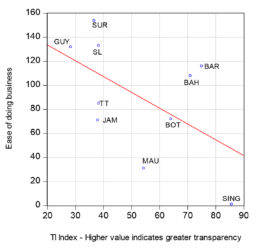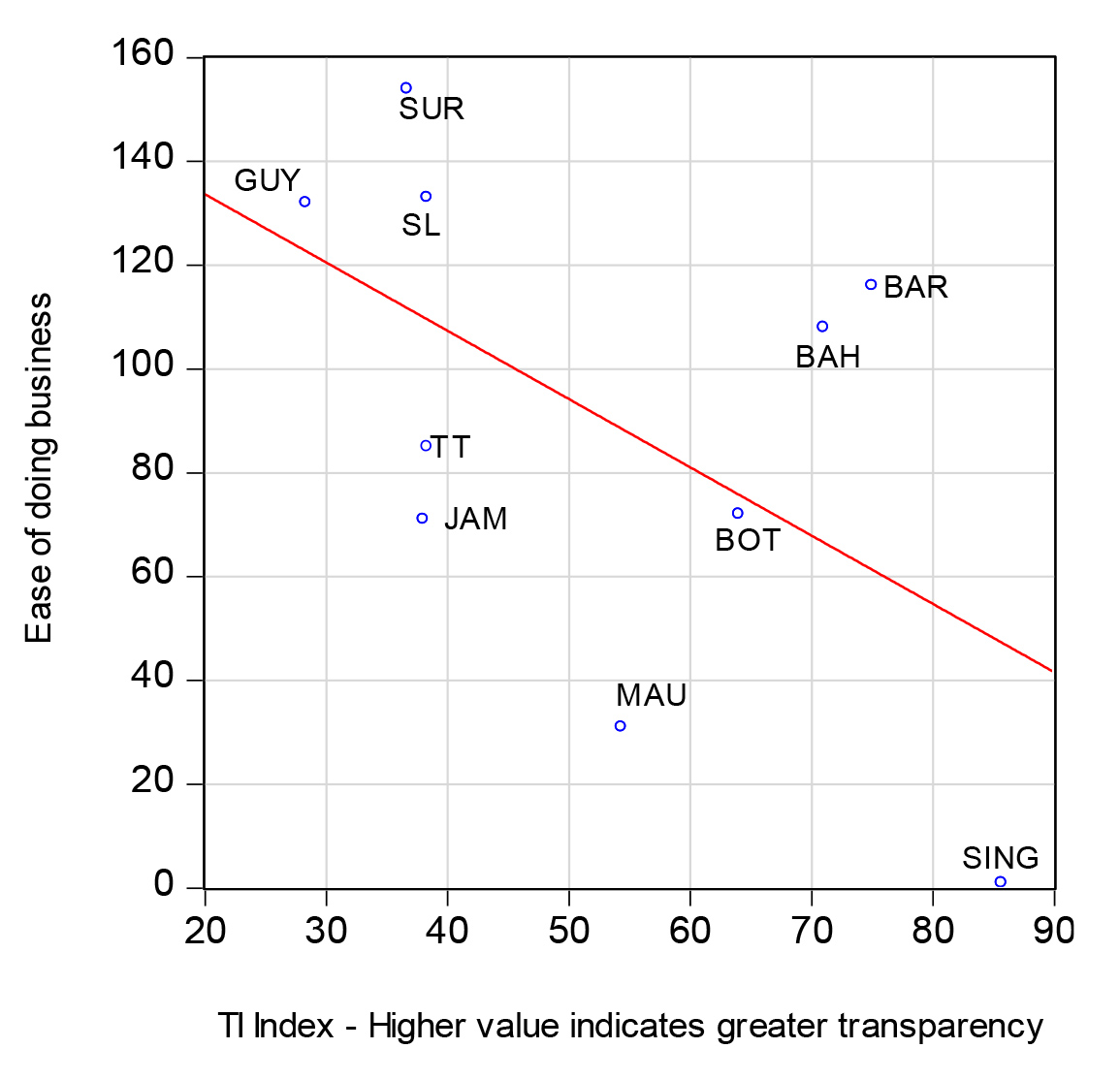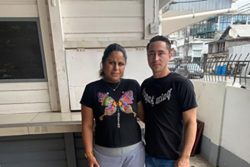 The previous column makes the point that accountability requires that the government signals clearly its policies and intentions. The signals are a form of transparency or what has been called in Guyana good governance. Credible signals can go a long way towards removing the public’s misperceptions and dampening the perception of corruption. We used the idea from economics known as the time inconsistency problem, which allows us to start off from the position that the government has an incentive to renege on promises. Therefore, accountability implies that government makes a credible commitment to fulfilling the promise of good governance. We also observed that lack of transparency could increase polarization. In this case, government has to explain clearly how its hiring and procurement practices fit into a broader industrial policy framework. If this is not done we cannot blame the public for claiming ethnic marginalization.
The previous column makes the point that accountability requires that the government signals clearly its policies and intentions. The signals are a form of transparency or what has been called in Guyana good governance. Credible signals can go a long way towards removing the public’s misperceptions and dampening the perception of corruption. We used the idea from economics known as the time inconsistency problem, which allows us to start off from the position that the government has an incentive to renege on promises. Therefore, accountability implies that government makes a credible commitment to fulfilling the promise of good governance. We also observed that lack of transparency could increase polarization. In this case, government has to explain clearly how its hiring and procurement practices fit into a broader industrial policy framework. If this is not done we cannot blame the public for claiming ethnic marginalization.
In the case of the Jagdeo PPP, it made a credible commitment to bad governance. Its approach was in your face. It did not care about public perceptions, a few of its leaders flaunted their wealth inconsistent with public pay, and it kept no data showing that its housing programme was broad based and benefitted a wide cross-section of Guyanese. While facing the claims of marginalization, it refused to document all those from the political opposition who received land and mining rights. In 2011 the PPP thought it was time to taunt the opposition who PPP shills claimed were envious of the newfound wealth of their leaders. This mocking was done via the most asinine election campaign song I ever heard: “Dem a watch we.” So, the PPP had to go!
As a result, Guyana scored poorly in the Transparency International corruption perception index (CPI) and it will continue to do so for some time given the recent frenzy over Mr Harmon’s trip to China, supposedly seeking investors and settling an old debt owed to the Guyana government. Let us clarify a point relating to Transparency International’s CPI. Some might argue the index is biased because it measures perceptions. The methodology is the same across countries (see Development Watch column: “Corruption perceptions in Guyana,” January 15, 2014). Whatever bias there is will mathematically cancel out across the countries so that we have a relative measure of corruption.
The APNU+AFC government is slowly heading towards a point of no return. It started early by the efforts to quarantine the Prime Minister who seems fine with his limited role. Mr Ramjattan has rightly become assertive. We should note the government has achieved important successes such as curtailing President Maduro on the border issue, slowly returning Georgetown to its early beauty, and finally catching criminals; there is a decline in the rate of robberies and associated deaths. However, it has signalled no macro vision for agriculture and for diversifying the product mix of GuySuCo, instead choosing the easy way out by closing outright estate operations at Wales and LBI. In five years the canals and fields of these operations will be lost to tropical vegetation. It will require billions of dollars to clean them up again. The efforts of the slaves and indentured labourers will be lost forever.
But it was last week’s events which drown the successes. If the trip to China is about finding investments why are the Minister of Finance and a team of technocrats not on this trip? They certainly know how to assess expected investment decisions. The closeness of Mr Harmon to Baishanlin, in addition to his interference with GRA, opens the door for quid pro quo bargains off the books. These events throw good governance out the window. These investors are not subjected to anything resembling the Foreign Corrupt Practices Act of the American government. We have already seen Guyana being strapped with a US$200 million white elephant that is Skeldon sugar factory, possibly because of the fulfilment of quid pro quo.
The previous column compared Guyana against nine peer economies: Barbados, The Bahamas, Botswana, Jamaica, Mauritius, Singapore, Sri Lanka, Suriname and Trinidad and Tobago. In spite of their differences in geography, ethnic polarization and economic management since their respective independence, I call them peers because they are all small open economies facing the same global shocks and none has a globally convertible currency (they are all foreign exchange constrained economies). The chart below is suggestive instead of indicating a causal relationship between transparency and cost of doing business. One can only establish causality by having a larger sample and controlling for other variables such as geography, institutions, policy regimes, democratic systems and other factors.
Figure 1 indicates a negative pattern. As transparency increases the cost of doing business declines; in other words, low transparency increases the cost of doing business. The ease of doing business statistics were obtained from the World Bank (values closer to 1 indicate lower cost of business). This pattern in the data is not surprising. If government officials intend to capture the business space for themselves, close friends and family, they would want to make it hard for outside groups to do business. The state bureaucracy would be used to discourage outside groups from investing. It will push up the cost of business for outsiders.
In the inauspicious upper left are Guyana, Sri Lanka and Suriname. They all have low transparency and high business cost. In the more auspicious lower right is only Singapore with its extremely business friendly environment and high transparency. Jamaica and Trinidad and Tobago are closely clustered with mid-level business costs and relatively low transparency. Barbados is an interesting outlier with a relatively high level of transparency but high cost of doing business. This might provide some clues for the kind of reforms Barbados might need to undertake to escape the upper middle income trap. Mauritius has a relatively low cost environment with a mid-level transparency, while Botswana is quite close to the trend line showing the relationship between transparency and EOB.
 Figure 1: Corruption perception and ease of doing business (EOB)
Figure 1: Corruption perception and ease of doing business (EOB)
We will complete the series in the next column by discussing some possible causes of limited transparency in Guyana.
Comments: [email protected]








